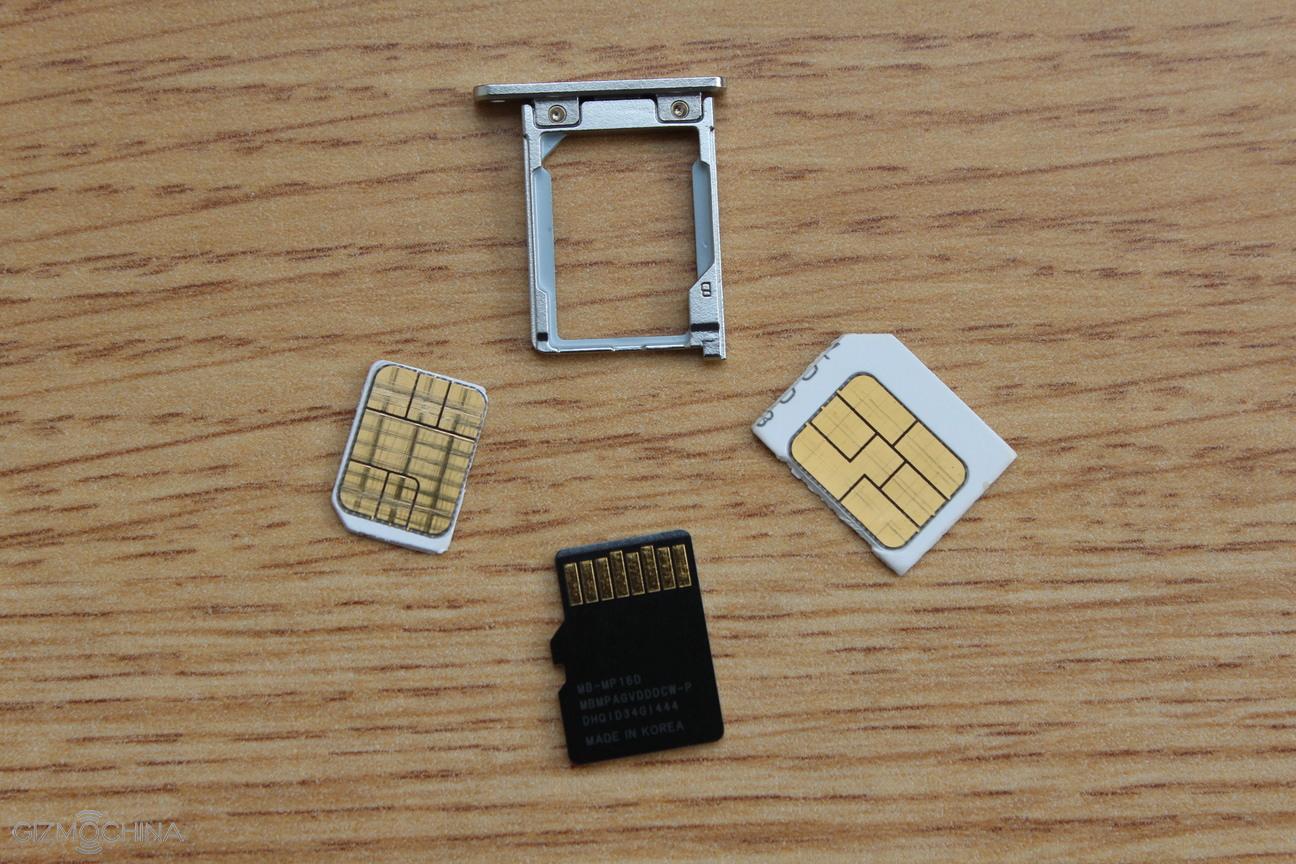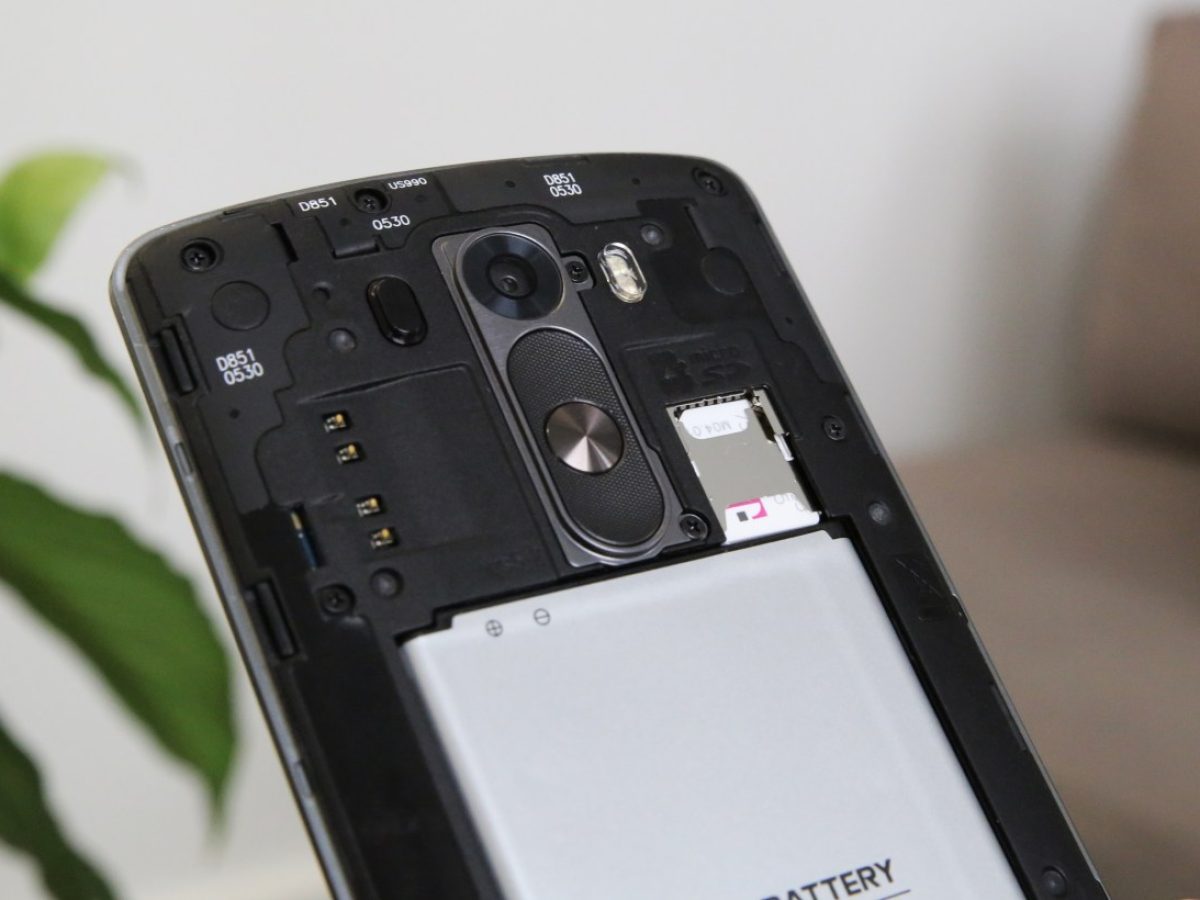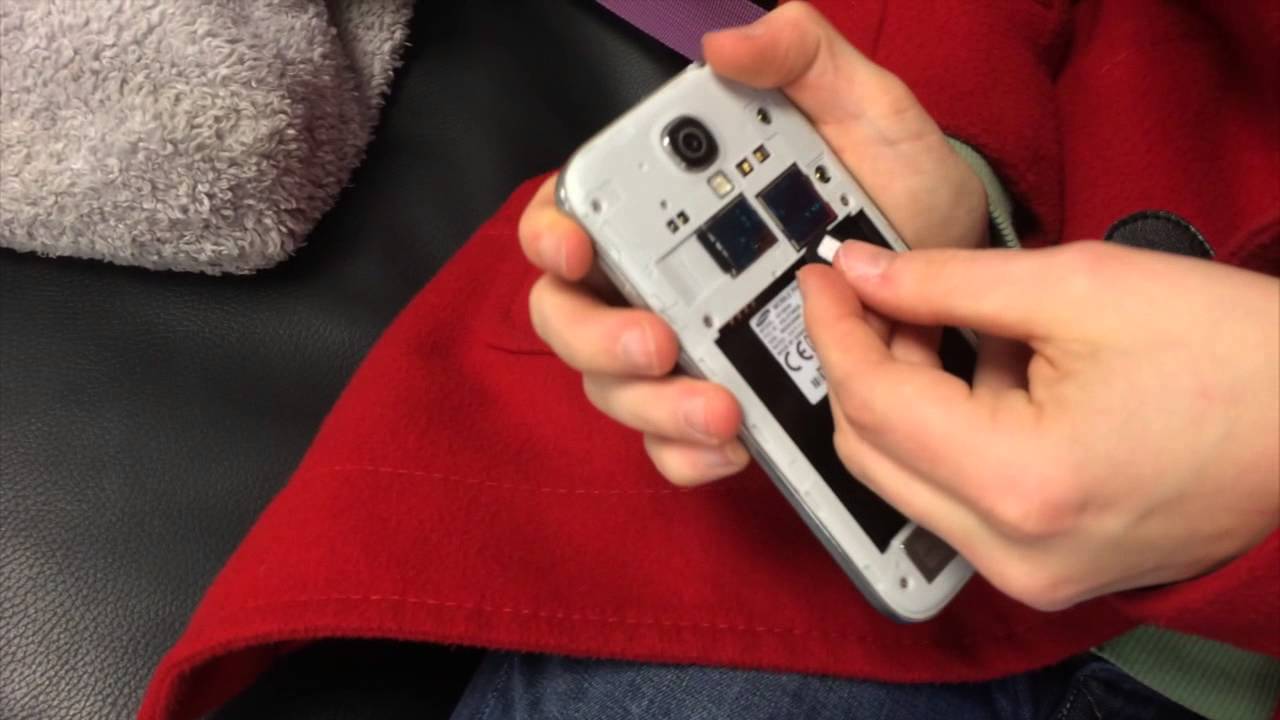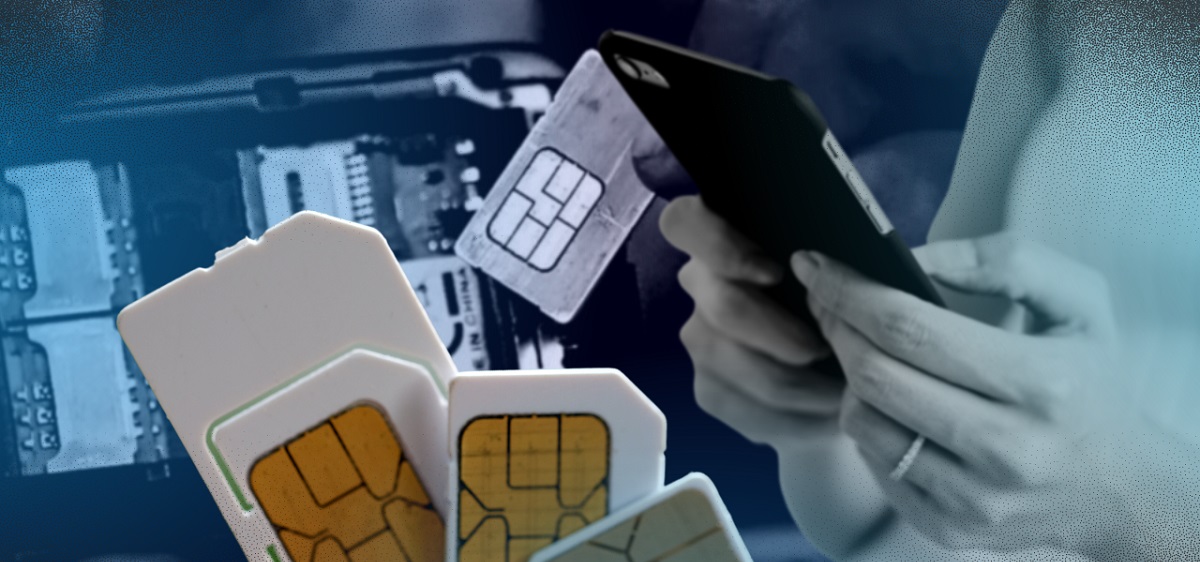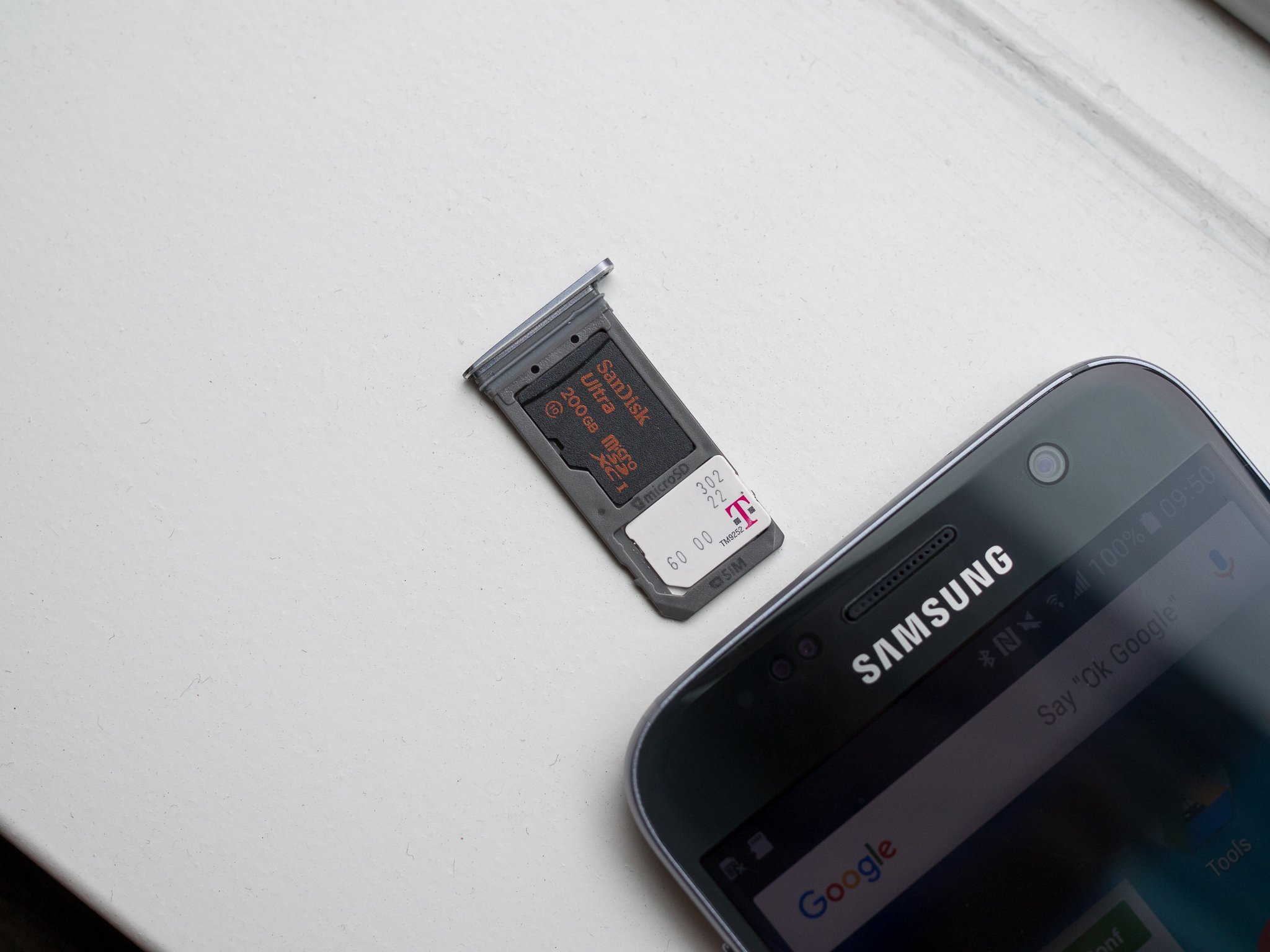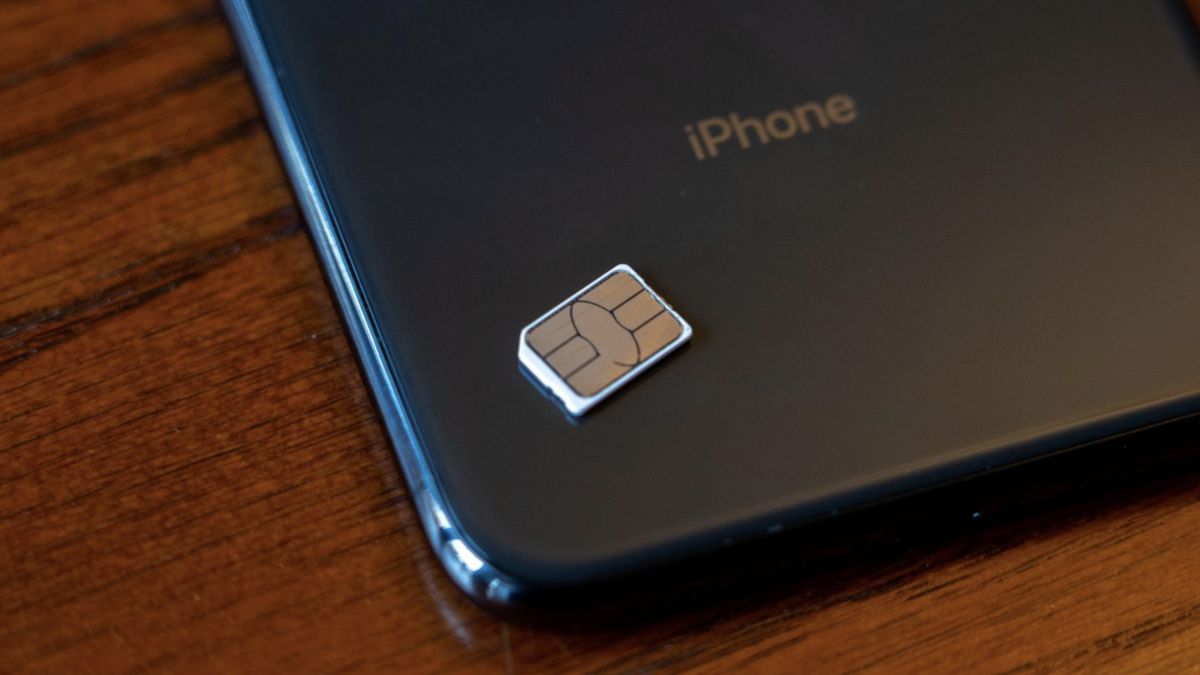Signs of a Damaged SIM Card
A damaged SIM card can lead to a multitude of issues with your mobile device, making it crucial to be able to identify the telltale signs of potential damage. By recognizing these signs early on, you can take the necessary steps to address the problem and ensure uninterrupted connectivity.
Here are some common indicators that your SIM card may be damaged:
-
Frequent Call Drops and Disruptions: If you experience a sudden increase in call drops or disruptions during conversations, it could be a sign that your SIM card is damaged. This can be particularly frustrating, especially when trying to have important conversations.
-
Intermittent or No Network Coverage: A damaged SIM card may result in intermittent or complete loss of network coverage. You may notice that your device frequently displays "No Service" or "Emergency Calls Only" messages, indicating a potential issue with the SIM card.
-
Inability to Send or Receive Text Messages: Difficulty in sending or receiving text messages, despite having a stable network connection, can be attributed to a damaged SIM card. This can hinder your ability to stay in touch with friends, family, and colleagues.
-
Unrecognized SIM Card Error: Your mobile device may display an error message indicating that the inserted SIM card is unrecognized or invalid. This could be a clear sign that the SIM card is damaged or not functioning properly.
-
Inconsistent Mobile Data Connectivity: When a SIM card is damaged, it can lead to erratic mobile data connectivity, causing slow or unreliable internet access. This can significantly impact your ability to browse the web, use apps, and stay connected while on the go.
-
Overheating of the Device: A damaged SIM card may cause your device to overheat, especially if it is struggling to establish and maintain a stable connection with the network. Overheating can potentially damage the device and should be addressed promptly.
Recognizing these signs can help you take proactive measures to address potential SIM card damage. In the next sections, we will explore how to check for physical damage and test for malfunctioning SIM cards, as well as troubleshoot common issues to ensure seamless mobile connectivity.
How to Check for Physical Damage
Checking for physical damage is the first step in identifying potential issues with your SIM card. Even minor damage to the SIM card can lead to connectivity problems, so it's essential to inspect it carefully. Here's a detailed guide on how to check for physical damage:
-
Remove the SIM Card: Turn off your mobile device and carefully remove the SIM card from its slot. Handle the SIM card with care to avoid causing any additional damage.
-
Inspect the SIM Card: Examine the SIM card closely for any visible signs of damage. Look for scratches, dents, or discoloration on the metallic contacts and the surface of the card. Even tiny cracks or chips can indicate damage that may affect its functionality.
-
Check the SIM Card Tray: If your device uses a SIM card tray, inspect it for any signs of damage. Make sure that the tray is not bent or misshapen, as this can impact the proper insertion of the SIM card.
-
Look for Corrosion: Check for any signs of corrosion on the metallic contacts of the SIM card. Corrosion can occur due to exposure to moisture or environmental factors and can hinder the proper functioning of the SIM card.
-
Compare with a New SIM Card: If possible, compare the condition of your SIM card with a new, undamaged SIM card. This can help you identify any discrepancies or irregularities that may indicate damage.
-
Use a Magnifying Glass: For a closer inspection, use a magnifying glass to examine the SIM card and its contacts. This can help you spot tiny cracks, corrosion, or other imperfections that may not be immediately visible to the naked eye.
-
Avoid Using Damaged SIM Cards: If you notice any visible damage or irregularities, refrain from reinserting the SIM card into your device. Continued use of a damaged SIM card can exacerbate the issues and potentially cause further damage to your device.
By carefully checking for physical damage, you can gain valuable insights into the condition of your SIM card. Identifying and addressing any visible damage is crucial for ensuring optimal connectivity and preventing potential issues with your mobile device.
In the next section, we will delve into the process of testing for malfunctioning SIM cards to further diagnose and address connectivity issues.
Testing for Malfunctioning SIM Card
Testing for a malfunctioning SIM card is a crucial step in diagnosing connectivity issues and ensuring seamless mobile communication. By performing a series of tests and checks, you can effectively determine if the SIM card is functioning as intended or if it requires replacement. Here's a comprehensive guide on how to test for a malfunctioning SIM card:
-
Insert the SIM Card Into Another Device: One of the simplest ways to test a SIM card is by inserting it into another compatible mobile device. This allows you to gauge if the connectivity issues persist across different devices, helping to isolate the problem to the SIM card itself.
-
Restart the Device: Sometimes, a simple restart of the mobile device can resolve temporary connectivity issues related to the SIM card. Restarting the device can help re-establish the connection and clear any temporary glitches that may be affecting the SIM card's functionality.
-
Check for SIM Card Recognition: After inserting the SIM card into the device, check if it is being recognized properly. Navigate to the device's settings or network settings to ensure that the SIM card is detected and displayed correctly. If the device fails to recognize the SIM card, it may indicate a malfunction.
-
Test Call and Messaging Functions: Place a test call and send a text message using the device with the inserted SIM card. Monitor the call quality and ensure that the message is sent and received without any delays or errors. Any issues with call quality or message delivery can point to a malfunctioning SIM card.
-
Verify Network Connectivity: Confirm that the device is able to establish a stable network connection using the inserted SIM card. Check for signal strength indicators and ensure that the device can access voice and data services without interruptions. Inconsistent network connectivity may signal a malfunctioning SIM card.
-
Use a SIM Card Tester: If available, utilize a SIM card tester device to perform comprehensive checks on the SIM card. These testers can assess the functionality of the SIM card's contacts, identify potential damage, and provide diagnostic information regarding its performance.
-
Contact Your Service Provider: If the above tests indicate persistent issues with the SIM card, it's advisable to contact your service provider. They can assist in remotely diagnosing the SIM card's status and may provide guidance on potential replacements or troubleshooting steps.
By systematically conducting these tests, you can gain valuable insights into the functionality of the SIM card and identify any potential malfunctions. This proactive approach enables you to address connectivity issues effectively and maintain uninterrupted mobile communication.
In the following section, we will delve into troubleshooting common issues with SIM cards to further enhance your understanding of mobile connectivity maintenance.
Troubleshooting Common Issues with SIM Cards
When encountering connectivity issues with your SIM card, it's essential to be equipped with effective troubleshooting techniques to swiftly address and resolve these common issues. By systematically addressing potential challenges, you can restore seamless connectivity and optimize the performance of your mobile device. Here's a comprehensive guide to troubleshooting common issues with SIM cards:
1. Reset Network Settings
Initiate a network settings reset on your mobile device to clear any configuration errors that may be affecting the SIM card's functionality. Navigate to the device's settings and locate the option to reset network settings. After performing the reset, restart the device and check if the connectivity issues have been resolved.
2. Clean the SIM Card and Slot
Dust, debris, or residue on the SIM card or the SIM card slot can hinder proper connectivity. Carefully remove the SIM card, gently clean it with a soft, dry cloth, and inspect the SIM card slot for any foreign particles. Reinsert the SIM card and ensure that it is securely positioned in the slot.
3. Update Device Software
Ensure that your mobile device's software is up to date, as outdated software can lead to compatibility issues with the SIM card. Check for available software updates in the device's settings and install any pending updates. Updated software can address underlying connectivity issues and optimize SIM card functionality.
4. Check Network Coverage
Verify that the connectivity issues are not attributed to poor network coverage in your location. If possible, move to a different area with better network reception and observe if the connectivity improves. In rural or remote areas, network coverage may be limited, impacting the performance of the SIM card.
5. Verify SIM Card Activation
Confirm that the SIM card has been activated by your service provider. Improper activation or pending activation can lead to connectivity issues. Contact your service provider to ensure that the SIM card has been activated correctly and is associated with your mobile account.
6. Replace the SIM Card
If persistent connectivity issues persist despite troubleshooting efforts, consider replacing the SIM card. Contact your service provider to obtain a new SIM card and follow the activation process. A new SIM card can resolve underlying hardware or compatibility issues, restoring seamless connectivity.
By employing these troubleshooting strategies, you can effectively address common issues with SIM cards and maintain optimal connectivity. Swift and proactive troubleshooting can minimize disruptions and ensure a seamless mobile communication experience.







